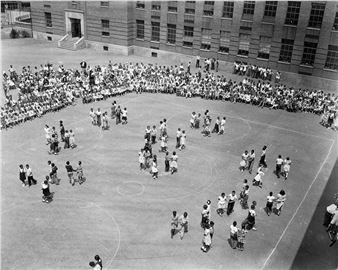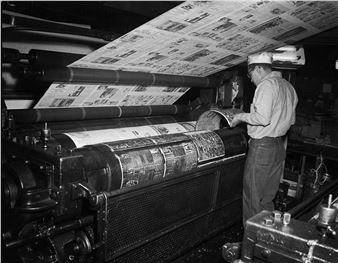Current exhibitions
Articles
This Autumn, Carnegie Museum of Art presents work by nearly 60 Black photojournalists, who chronicled historic events and daily life in the USA from the end of WWII in 1945, through to 1984.
An exhibition in Pittsburgh highlights the work of black photographers, both well-known and unidentified, who captured the life of their community and beyond.
Contact details


 ARTISTS
ARTISTS








